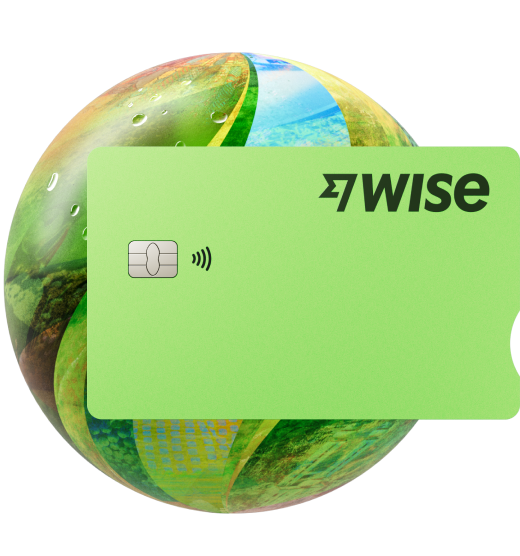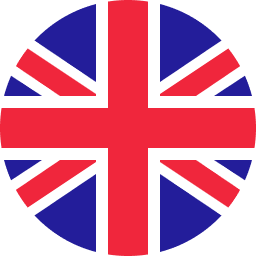HS code in US: how to find a tariff code
You’ll need to pay import taxes when importing goods to US — HS codes tell you exactly how much. Learn how to find the right code to use, and get a better deal for paying for goods from abroad.
What is a HS code?
Harmonised System (HS) codes are an international standard for calculating Import Duty tax. Controlled by the World Customs Organisation (WCO), the system was first introduced in 1988.
Each HS code describes a particular trade product, which allows governments around the world to charge the right tariffs.
HS codes form the basis for tariff codes all over the world. For instance, in the US, Schedule B numbers and HTS codes take their first 6 digits from the corresponding HS code.

Wise is the cheaper, faster way to send money abroad.
Paying an invoice in a foreign currency? With Wise, you’ll always get a better deal. That’s because when we send your money, we give you the real exchange rate. The same rate you’ll see on Google, in fact. Combine that with our business account, and you can manage your international business without the hassle.
Hold up to 40 different currencies at once, and convert between them in seconds. And with the Wise Business debit card, you can spend anywhere in the world at the best possible exchange rate.
Sign up now, and do business without borders.
HS code format
HS codes are made up of 4 parts, adding up to 10 digits in total. Each part provides more detailed information about the product — starting with the ‘chapter’, which describes the industry, and ending with a country-specific code which describes the particular product.
The system of codes breaks down into 21 sections, and 98 chapters within those sections, describing different industries (such as Textiles, or Animal & Animal Products).
Here, we’ve given a breakdown of the HS code for chocolate confectionery: 1806.10.0040.
HS Chapter | 2 digits | 18 - Cocoa and Cocoa Preparations |
HS Heading | 2 digits | 1806 - Chocolate and other food preparations containing cocoa |
HS SubHeading | 2 digits | 1806.10 - Cocoa powder, containing added sugar or other sweetening matter |
Country-specific code | 4 digits | Countries can use an additional 2-4 digits for country-specific categorizations. For example, the US HS code relies on ten digit codes called Schedule B numbers. The 0040 in our example is used for chocolate confectionery. As these digits are unique, chocolate confectionery in another country would begin with the same 6 digits, but end with a different set of 4 digits. |
How do countries use HS codes?
As of 2015, 180 countries use the HS code system for tracking trade goods. Each of these countries use HS codes as the basis for their own systems of tariff codes, allowing them to charge taxes on goods entering and leaving their jurisdictions.
Countries can also use the codes to conduct trade negotiations, watch for controlled or illegal goods, and to calculate the total cost of imports.

How to find a HS code
You can find the right HS code by searching for the product.
Taking chocolate confectionery as an example, you’d start by searching for the section and chapter that represents the industry. In this case, it would be section 4 (Prepared Foodstuffs) and chapter 18 (Cocoa and Cocoa Preparations).
Next, you’d search for the right Heading and Subheading, both of which would continue to describe your product in greater detail. In this case, the Heading would be 06 (Chocolate and other food preparations containing cocoa), and the Subheading would be 31 (Filled).
Combining these digits will give you the HS code — 1806 31.
To complete the code, you’d look for the country-specific digits, in this case 0040 (which represents Confectionery in the US). Combining these digits will give you the Schedule B number for chocolate confectionery in the US — 1806 31 0040.
| SECTION | CATEGORY | CHAPTERS |
|---|---|---|
1 | Animal & Animal Products | 1-5 |
2 | Vegetable Products | 6-14 |
3 | Animal or Vegetable Fats and Oils | 15 |
4 | Prepared Foodstuffs | 16-24 |
5 | Mineral Products | 25-27 |
6 | Chemicals & Allied Industries | 28-38 |
7 | Plastics / Rubbers | 39-40 |
8 | Raw Hides, Skins, Leather, & Furs | 41-43 |
9 | Wood & Wood Products | 44-46 |
10 | Pulp of Wood or of Other Fibrous Material | 47-49 |
11 | Textiles | 50-63 |
12 | Footwear / Headgear | 64-67 |
13 | Stone / Glass | 68-70 |
14 | Natural or Cultured Pearls | 71 |
15 | Base Metals | 72-83 |
16 | Machinery / Electrical | 84-85 |
17 | Transportation | 86-89 |
18 | Precision Instruments | 90-92 |
19 | Arms and Ammunition | 93 |
20 | Miscellaneous Manufactured Articles | 94-96 |
21 | Works of Art | 97-98 |
The new and improved Wise Business
Get the best possible exchange rate when paying for imports in foreign currencies.
Schedule B numbers, HS codes, and HTS codes — what’s the difference?
Depending on the type of international trade you’ll be doing, there are a few numbers and codes you might need.
Schedule B numbers help the US government to track trade exports leaving the country, and charge the right tariffs each product. If you’re planning on exporting goods abroad from the US, you’ll need to have the right Schedule B numbers.
HS codes are an international system for tracking trade goods. They form the basis for all tariff codes, including the first 6 digits of Schedule B numbers and HTS codes in the US. You’ll often find HS codes on invoices and shipping documents around the world.
HTS codes are like Schedule B numbers, but for importing goods into the United States instead. They’re also made up of 10 digits, and they help the US government to track imports and apply the right tariffs to different products.




